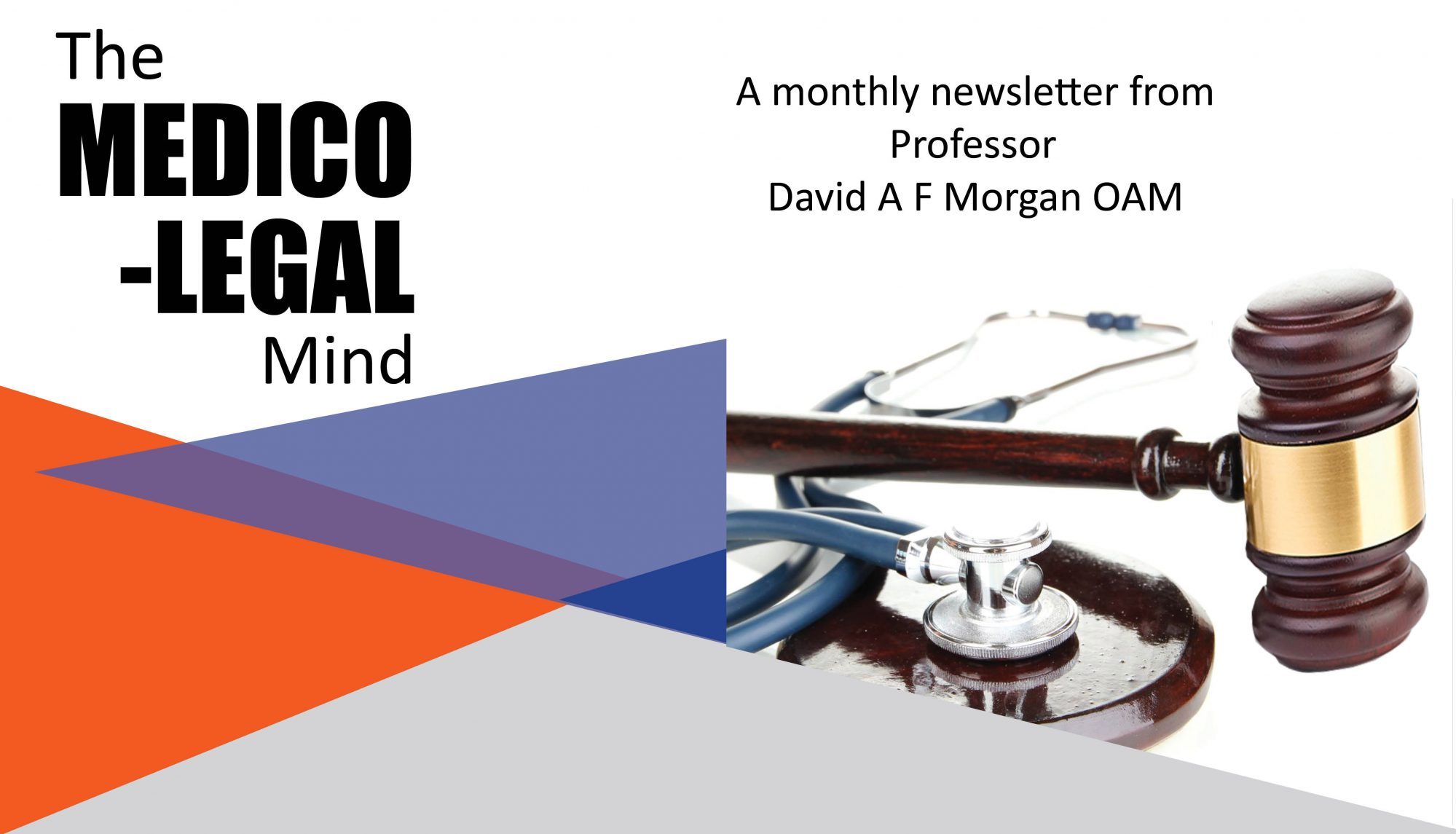LEAD ARTICLE – JUNE 2020
When Experts Differ
This has been a recurring theme over the last 30 issues or so and is worthy of revisitation. Differences between experts are not necessarily unusual and neither should they be unexpected. After all, we are humans and bring to the expert analysis differing life experiences and perceptions. Experts are sometimes different in their fields of study, in their own personal health spectra, in their societal attitudes and their degrees of sympathy or empathy. These are differences that we all just have to put up with. That phrase “agree to disagree” probably sums it up.
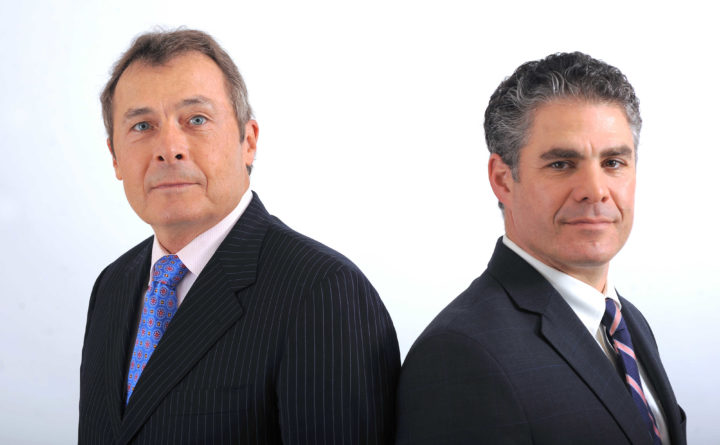
In contrast, there are some times when differences are major in their extent, of pivotal importance to the final opinion and so diverse that it is more likely than not that one of the opinions is quite incorrect.
I think I have witnessed this situation recently. An injured worker in his forties had sustained a traumatic event in the region of a knee joint. He was assessed pre-operatively with an ultrasound scan, a plane radiographic series, a CT scan and an MRI scan. (You can imagine the expense!) As it transpired, the plane radiographs demonstrated that he already had osteoarthritis in the medial compartment of the knee. This is usually visualised by a reduction in height of the joint space (indicating cartilage or chondral tissue loss) and the formation of marginal osteophytes or spurs. The MRI scan did demonstrate some changes involving the medial meniscus too. The meniscus was extruded (squeezed a little outside the joint by the opposing joint surfaces) and the posterior horn was torn.
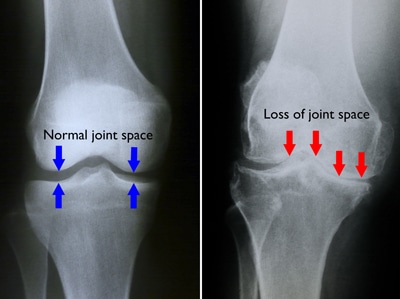
He was referred to an Orthopaedic Surgeon, who performed an arthroscopic examination. The torn cartilage (the meniscus) was trimmed and the joint was thoroughly lavaged or “washed out”. Not much else was done.
Unfortunately, the worker’s post-operative clinical course was disappointing. His pain failed to settle, the joint was regularly swollen, he had difficulty with standing and walking and could not return to his pre-accident labouring duties.
Over the next two or three years, serial radiographs were performed. Despite his poor clinical state, the radiographic changes were minimal, if at all. That is to say, the measurable joint space narrowing really did not change much.
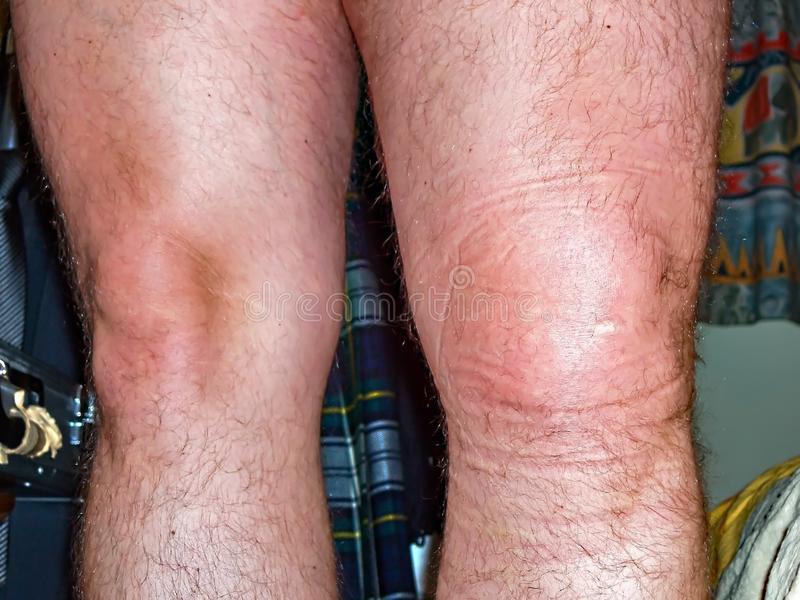
The medicolegal analysis therefore would result in an impairment measurement made up predominantly of pre-accident changes on the x-rays (Table 17-31 in the AMA 5 Guides) and a small allocation (1% only according to Table 17-33) as a result of the partial medial meniscectomy. Whilst his total loss was actually 9% of whole person function, only one-ninth could really be linked with the accident.
One of my colleagues had assessed him before he was referred to me. That colleague had viewed all of the investigations, the same investigations that were available to me. The colleague formed the view that the plane x-rays performed at the time of the accident (showing the joint space narrowing) were normal and were completely different to those performed two or three years later. I assume that the colleague also viewed the MRI scan examination, but failed to appreciate the joint space narrowing that was present at the time of the accident or the degree of extrusion of the medial meniscus that was similarly present.
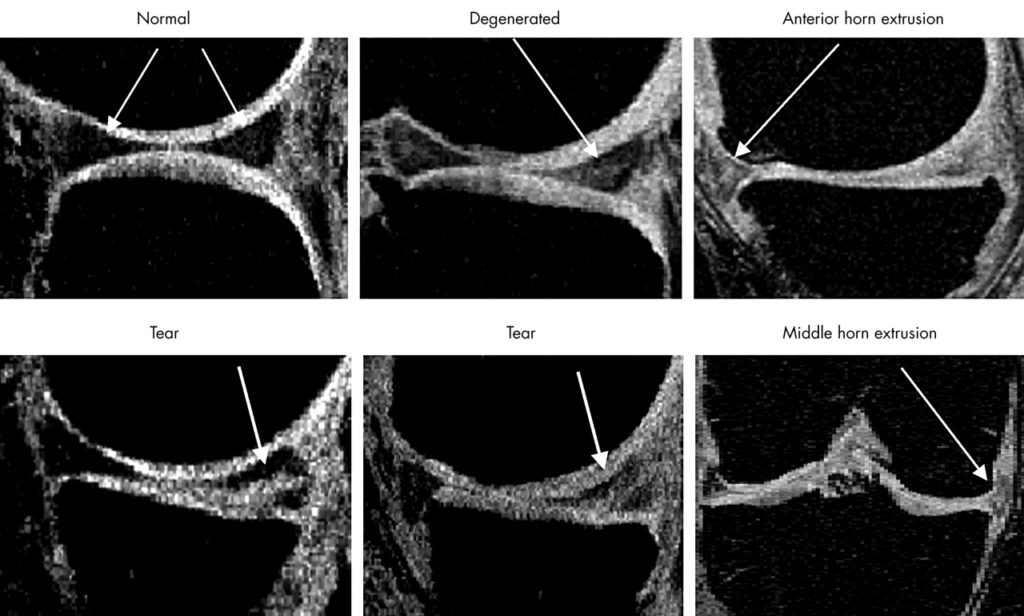
As a result, this colleague opined that all of the changes currently visible at the times of our medicolegal examinations (performed separately) were due to the accident itself. He believed that there was no apportionment necessary at all.
I have already accepted that opinions will vary. The variants can be of a multifactorial nature. Sometimes, the variants will be unavoidable.
On this occasion however, it occurred to me that an error had been made. There is no doubt that the radiographs which were performed at the time of the accident did demonstrate changes that were definitely of a pre-existent nature.
So, how does the legal profession deal with this? I suppose it comes down to the lawyers reading both reports, making their own judgements and possibly even seeking a third opinion.

I know that the case has settled. I am uncertain about the details of the settlement. Whilst the whole matter does not keep me awake at night, it does cause me some concern. I wonder how it can be avoided in the future?
